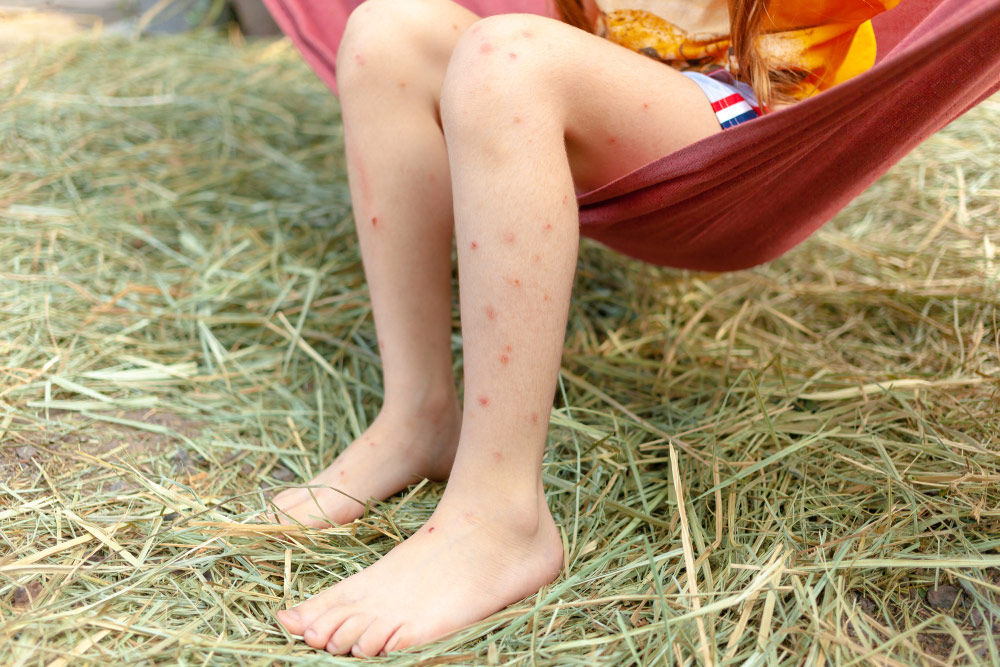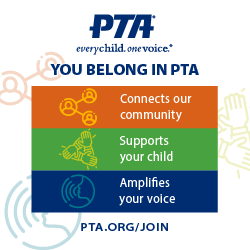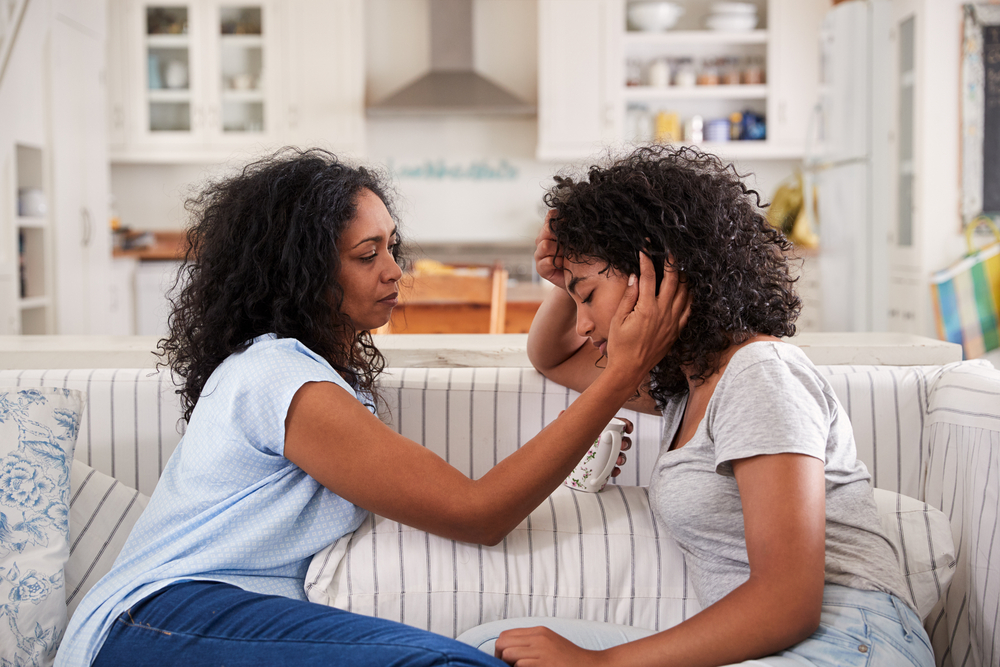It’s an inevitable part of summer: Your kids are playing outdoors and enjoying the sunshine when they come running to you with an itchy, swollen or inflamed bite on their skin.
Insect bites and stings can be cause for alarm—and ruin an afternoon outside. Allergic reactions can range from mild (think red bumps, itchiness and mild swelling) to severe (facial swelling, fainting, trouble breathing or swallowing).
If your kid experiences a nasty bite, it’s important to know how to treat it—and when to consult your pediatrician. Ease the worry when heading out on your family’s next outdoor adventure by being prepared with this first aid guide to bites and stings.
Move To a Safe Area
Though this might happen instinctively—especially if your kids encountered a hornet’s nest, wasps, ticks or fire ants—getting away from the site where the bite happened is the first step in treatment. Keep your child calm by staying calm yourself, even if you’re not sure what type of bite they have.
Evaluate the Bite or Sting and Identify the Culprit
Next, figure out what type of bug your child encountered. Understanding what bit or stung them can help you provide better care. Here are common offenders and their typical signs:
Bee or Wasp Sting
- Pain and immediate swelling at the site
- A visible stinger may be left behind
- Redness and a raised welt, sometimes with a white center
Fire Ant Bite
- Small red painful and itchy bumps that may turn into pustules
- Bites often occur on feet or legs
Mosquito Bite
- Round, raised and itchy bumps
- May appear hours after the bite
Spider Bite
- Two small puncture marks
- Red, swollen, sometimes with a blister
- Can be painful or itchy
Tick Bite
- Painless and may go unnoticed
- When discovered, the tick may still be attached. It’s important to remove it with a tool that removes the head
- Can leave a bull’s-eye rash (a sign of Lyme disease)
Provide Appropriate Care
If your child is allergic to bee venom or insect stings—which can be life-threatening if left untreated—watch out for signs like dizziness, hives, tongue swelling or difficulty breathing. All of these are signs of anaphylaxis, and require a 911 call or a trip to the emergency room.
If your child got stung, use a clean fingernail or credit card to lightly scrape their skin and remove the stinger. Avoid squeezing to remove the stinger, as doing that can release more venom.
Clean the wound with mild soap and water. If you are at home and able to provide a cold compress—such as ice cubes in a bag or a bag of frozen veggies—wrap it in a cloth and hold it to your child’s skin.
Apply a topical steroid cream, such as hydrocortisone, to relieve swelling, and give your kid an oral antihistamine. Be sure to contact your child’s doctor beforehand if they are taking any other medications. For milder insect bites, apply calamine lotion or hydrocortisone cream several times a day. The bite should fade in a couple days.
When to Call Your Pediatrician
While most bites and stings are harmless, if your child’s symptoms don’t improve or get worse, you should contact your pediatrician. Call your doctor if the area becomes increasingly red, swollen or painful, or if the bite site has pus or drainage.
Definitely bring your child to the doctor if they develop a fever, headache or fatigue after a tick bite or if they have a bull’s-eye rash. Those are all signs of lyme disease.
Call 911 if your child has difficulty breathing, swelling of the face or throat, dizziness, chest tightness, rapid heartbeat or confusion. Keeping a dose of epinephrine in your medicine cabinet can be a lifesaver while you wait for professional help.
Preventing Bug Bites and Stings
While bugs are impossible to avoid when outside, there are things you can do to help prevent them from biting or stinging your child.
Wear long sleeves, tall socks or pants when hiking or camping in the woods. Also use kid-friendly insect repellent. Avoid scented lotions and bright clothes—insects love bright colors! Also keep food covered to avoid attracting them to you. Carry a well-stocked first-aid kit to handle any bites or stings on the spot.
While bug bites and stings are an inevitable part of being outdoors, don’t let them ruin your fun family day. Just remember to stay calm, act quickly and know when it’s time to go to the emergency room.


















